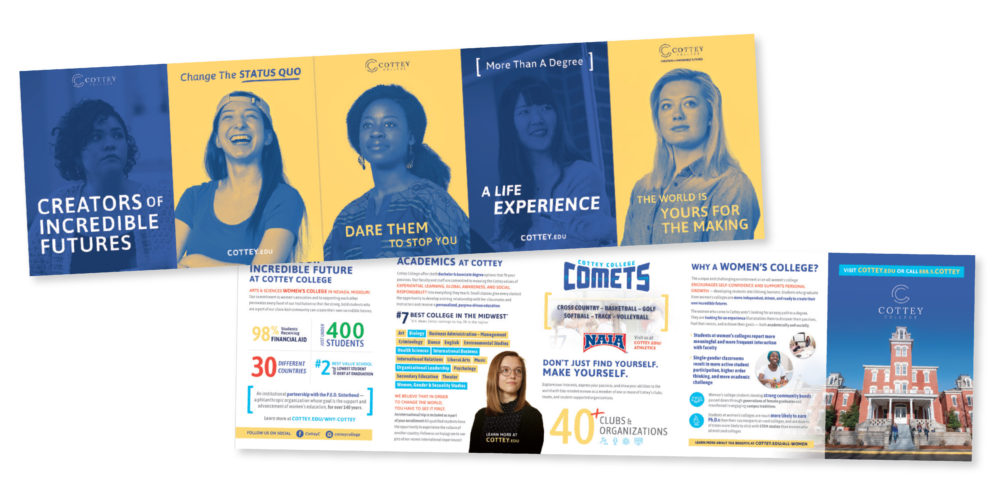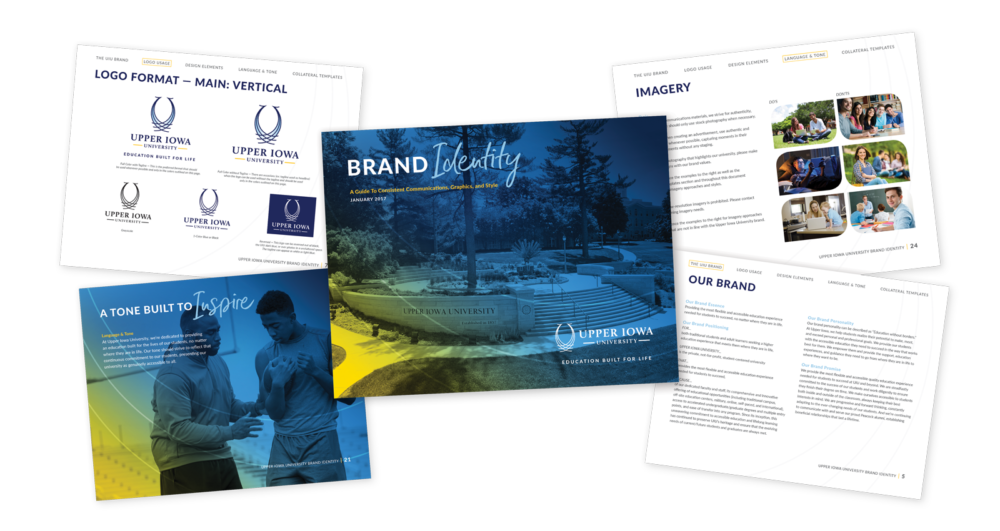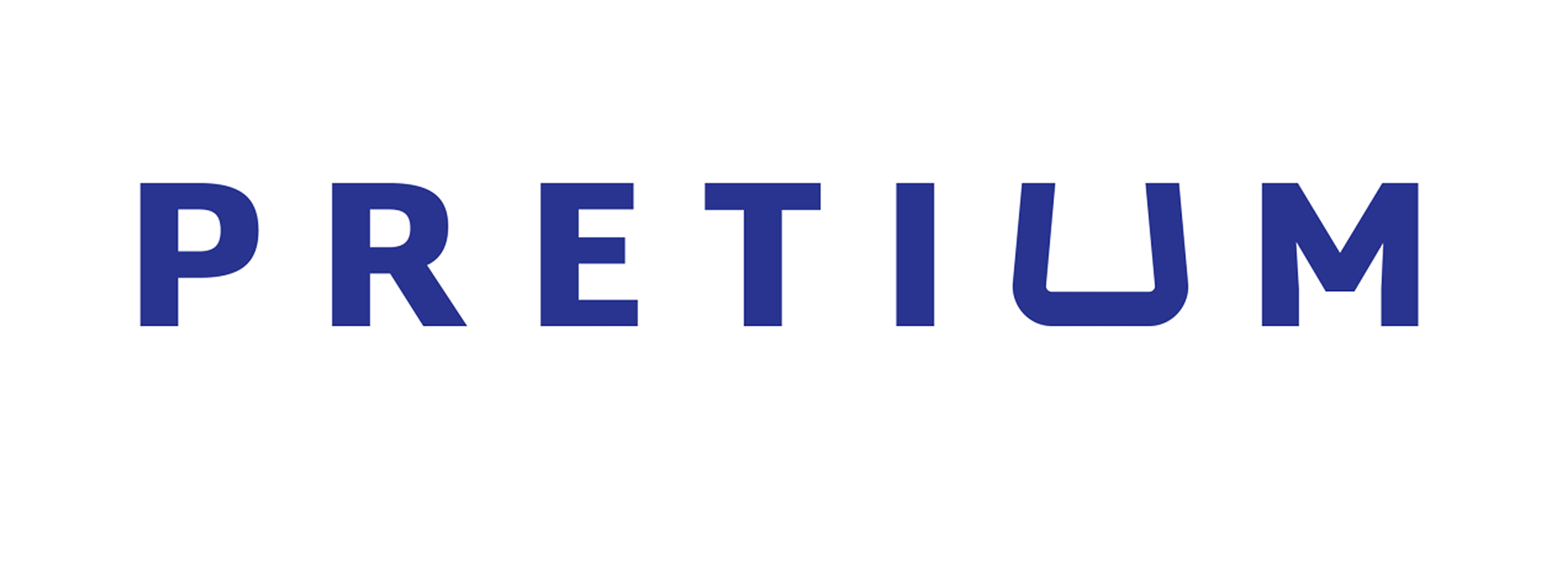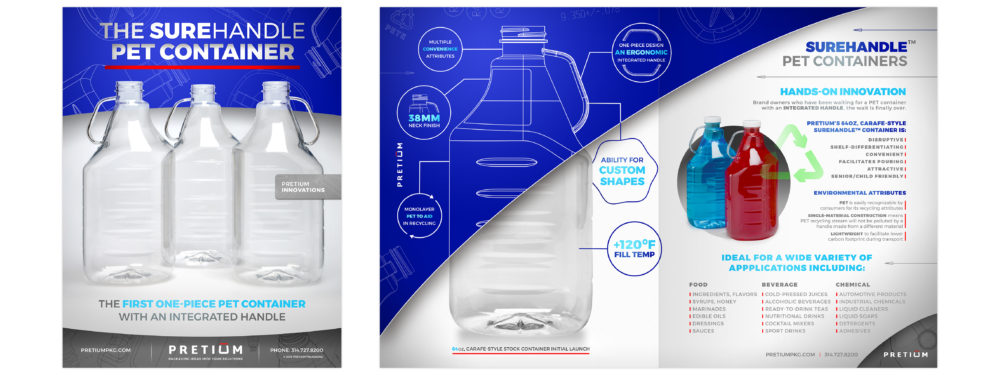At G/L, we’ve worked on a variety of healthcare marketing projects. Through our years of experience and research, we’ve become something of an expert on the subject, so we’ve compiled all of our relevant insights of the healthcare market in one convenient location. Just click on the headline to view the blog.
Be Disruptive In Everything You Do – Especially Your Healthcare Marketing
When your company brings something unique to the table, it can disrupt the status quo of an entire market. Discover how one of our clients, Metro Imaging, managed to do just that by offering a little extra transparency.
How Effective Healthcare Marketing Can Limit Patient Outmigration
It happens time and time again in the healthcare industry: patients are leaving local hospitals behind for what they (mis)perceive as greener pastures. We take a deeper look into why patients are migrating from their local hospitals and hone in on how hospitals can limit patient outmigration with the right message.
Marketing Accountable Care Organizations – A New Approach
As Accountable Care Organizations trend more towards the mainstream, patients now have a choice for more affordable healthcare solutions. But with a shift in organizational structure comes the need to re-optimize your marketing. If you’ve recently become an ACO or are considering making the jump, we offer you our insights for a clean transition.
Real Price Transparency in Healthcare – I’ve seen it!
With high-deductible medical insurance on the rise and patient satisfaction falling due to unaddressed price concerns, there’s never been a better time to offer your patients transparency. We examine how much patients value price transparency in healthcare (hint: it’s a lot) and show you how offering true transparency can make your brand stand out.
7 Key Components to Developing a Strategic Healthcare Marketing Plan
Planning ahead for next year? You should be! Here are a few key components you should focus on to maximize your marketing efforts in 2017.
Consumer Engagement: Think Your Marketing is Tough? Try Selling Heart Attacks.
Anyone can make a burger and fries look appetizing or sell you a new sports car. But marketing heart attacks? That’s a whole different animal. Our very own Dave Geile gives his insight on how healthcare marketers can produce viable messaging, even with such serious subject matter.
Creating Effective Healthcare Messaging
Getting the right message out at the right time for the right audience is key for your brand’s success. But how does that translate to healthcare marketing? We take a closer look at what patients are looking for in healthcare and translate their needs into more effective messaging.
Increasing Patient Volume Requires Thinking Like a Patient
You know the old phrase: “You can’t truly understand someone until you’ve walked a mile in their shoes.” Well, that’s true in healthcare marketing too. We explore what it means to think like a patient and translate that insight into optimized messaging.
Programmatic Buying: How Media Is Changing
The media landscape is ever changing. Are you keeping up? It’s okay; we’ll fill you in.
Healthcare Marketing Includes Understanding the Cares of Patients
Tired of marketing that just keeps missing the mark? We break it down for you right here, with our own research and insights into healthcare marketing trends and unique solutions. Grab a snack and get comfortable. It’s a longer read, but well worth your time.
Inbound Marketing
Your Digital Budget: How Much Interactive Do I Need? – A G/L Executive Brief
Move over, traditional advertising! The digital world is expanding at an incredible rate, so how much should you spend on marketing in it? We have you covered.
Integrate Inbound Marketing into your next Website and Social Media campaign
Inbound marketing helps keep the conversation going between you and your target audience, engaging them in a way that traditional advertising just can’t. It’s relatively inexpensive and any company can do it—we’re doing it right now! Check out how inbound can work for your company’s website and social communications.
A Step-by-Step Guide to implementing an Inbound Marketing Program
So you’re thinking about implementing a little inbound, eh? Lucky for you, we have an easy, step-by-step guide on creating an effective inbound campaign. What are you waiting for? Let’s get the ball rolling!
Target Audience
Example Personas to Improve Messaging
Marketers deal in general target audiences all the time, but sometimes it helps drive the message home if we can put a name and face to that audience. That’s where personas come in. We humanize our target audience by showing them as real people with real dreams and aspirations. See for yourself how your messaging can improve with your own personas in mind!
Why Target Audiences Don’t Work
Your target audience is more than data and research; they’re real people. To get messages that resonate, you have to see them as more than a bunch of numbers.
5 Tips to Remember When Marketing to Moms
We love moms. Our moms, your mom, any moms. They’re all great in their own way! And they’re huge decision makers in their homes, according to our research. So here are 5 tips on how to show them some love in your marketing efforts.
Key Elements to Creating Personas
Personas help make your target audience feel a bit more personal than charts, graphs, and raw data. We feel that creating personas for our target audiences is an integral part of our creative process, and we give you the rundown on how you can incorporate them into your marketing efforts as well.
The Importance Of Personas in Shaping Targeted Messaging
You know what sucks? Getting treated like a number. You know what rocks? When advertisers see you for who you really are! Try using personas to create messaging that hits home with your target audience as a person, not a dataset. [snark: It’s so important to us, we wrote four whole blogs on it!]
Internal Branding/Communications
Minimize Medicare Penalties with Internal Communications
Show of hands: who likes paying Medicare sanctions? Anyone? Yeah, that’s what we thought. So what if we told you that your hospital could reduce their risk of having to pay Medicare sanctions with the brand messaging, both internally and externally? Read on and save!
6 Steps to Building a Brand from the Inside Out
Putting your brand on display for the entire world to see is great, but it means nothing if you ignore one vital ingredient: your people. As we discuss here, a great brand is backed by people who truly believe in the brand they represent on a daily basis. Make it a full team effort!
Healthcare Case Studies
Hannibal Regional Healthcare System – “Guiding You to Better”
We talk a big game about our expertise in healthcare marketing. Fortunately, we have the results to back it up. Check out the work we’ve done with Hannibal Regional Hospital.
Metro Imaging – The Clear Choice
Our client, Metro Imaging, has a few innovations up their sleeves that could disrupt the healthcare market, and they wanted us to help show them off. We were happy to oblige.
Have any questions? Contact me (Dan) at [email protected] or fill out the form below.
[gl-hs-form form_id=’1863abe3-c1e4-43d0-a298-c7b132f8ce03′]






